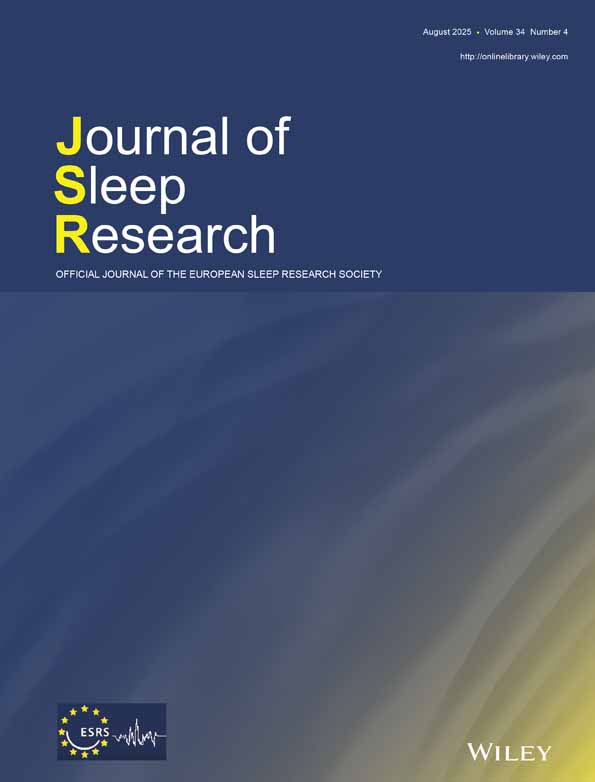The role of home polygraphy sleep studies in the diagnosis of catathrenia
Summary
Catathrenia is an uncommon sleep disorder. Having been originally classified as a parasomnia it is now considered a sleep related breathing disorder. Polysomnography (PSG) is the gold standard for diagnosing catathrenia which demonstrates a classic pattern of a deep inhalation followed by a protracted exhalation, accompanied by groaning sounds. Home polygraphy sleep studies are widely used to assess for sleep disordered breathing and have previously been demonstrated to yield sufficient evidence to warrant a suspicion of catathrenia, later confirmed by PSG. We present sleep studies from five patients presenting with fragmented sleep and daytime somnolence. Two were clinically suspicious for a diagnosis of catathrenia with the remaining patients suspected as having obstructive sleep apnea. Analysis of their sleep studies identified changes in flow and effort consistent with those found on PSG in catathrenia. Analysis of concomitant sound recordings revealed groaning and moaning sounds different to any recorded snoring. Our findings demonstrate that polygraphy sleep studies demonstrating an initial positive inflection in flow, immediately followed by a fall in flow and a slow attenuation in both thoracic and abdominal effort signals are suggestive of a catathrenia diagnosis. Careful analysis of traces is required to prevent misdiagnosis of central events.
CONFLICT OF INTEREST STATEMENT
The authors declare no conflicts of interest.
Open Research
DATA AVAILABILITY STATEMENT
The data that support the findings of this study are available on request from the corresponding author. The data are not publicly available due to privacy or ethical restrictions.




